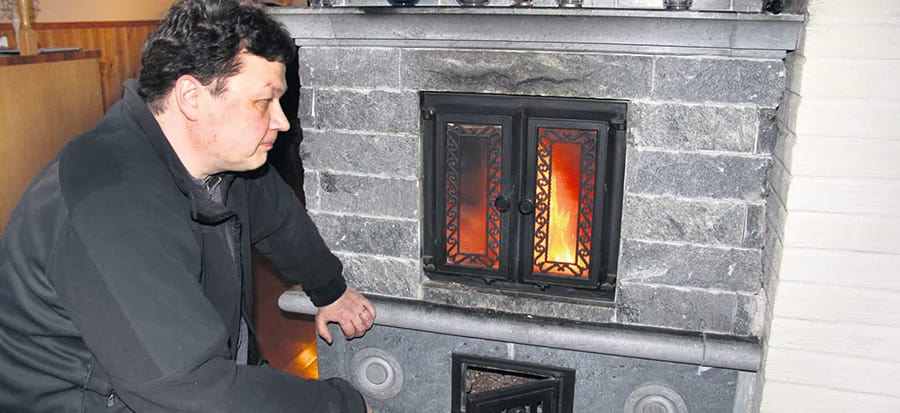Savings in energy costs with additional insulation
Heikki Oikari from Palokka, Jyväskylä, is satisfied with the additional insulation work done in January 2010. The house was completed in 1987, and in 2004 it was expanded by approximately 50 m2.
The achieved savings have been around 3000 kWh per year, which is even more than was estimated
Approximately 200 mm of cellulose insulation was put on top of the mineral wool in the old part, and approximately 100 mm on top the new part’s stone wool. An additional insulation expert had estimated that electricity savings would be around 10–15%. According to energy company Vattenfall’s invoicing, the energy consumption had decreased from more than 19 000 kWh to around 16 000 kWh due to the insulation.
The house has 167 m2 of living space heated mainly by electricity on one floor, and 16 m2 of semi-heated storage space. In autumn and spring, heating is assisted by an air source heat pump. The house also has a total of four actively used fireplaces located around two chimneys.
Cooler than before in the summer heat, improved sound insulation
Insulation had been made better than the building regulations demand in both the extension and the previously built part. In Oikari’s opinion, in addition to heat savings, there was a bit of an unexpected benefit from the insulation. The sounds of rain falling on the tin roof of the house became quieter.
– The trees around the house do not provide shade for the house during the hottest summer time. The Sun can shine on the black roof unobstructed. Since the insulation work, temperatures have remained lower than before, says Heikki Oikari.
The roof is the largest facade of the building, and in hot weather, under the roof, the temperatures are at their sauna-like highest, over 80°C. The thickness of the thermal insulation of the attic is of great importance to how this heat is transferred to the living spaces. The thicker the insulation layer, the more comfortable the interiors remain in heat conditions.
The large south-facing windows are shaded by long eaves in midsummer, which reduce the effects of the Sun’s hottest radiation. In autumn and spring, the house gets both heat and light from the Sun.

